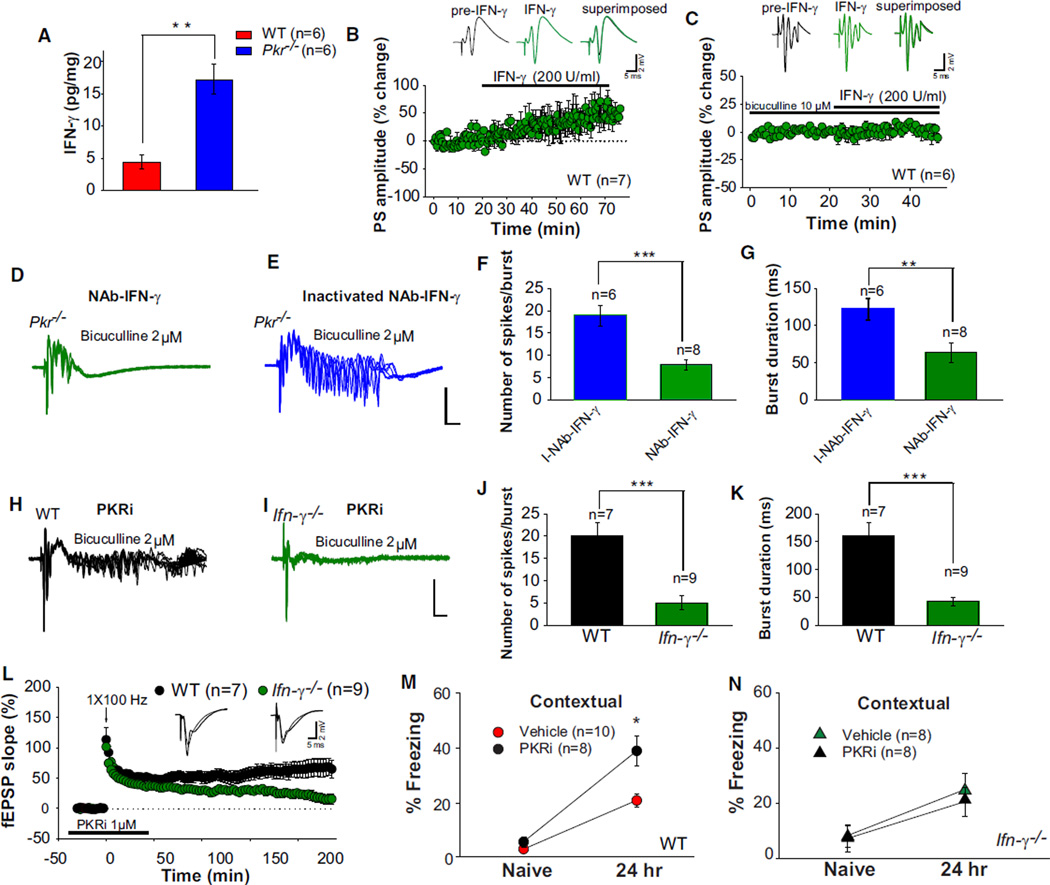Figure 7. Inhibition of IFN-γ Rescues Hyperexcitability, Facilitated L-LTP, and LTM Caused by PKR Deficiency.
(A) IFN-γ was increased in pooled hippocampal extracts from Pkr−/− mice (Mann-Whitney U test, U = 0.00; **p < 0.01).
(B) IFN-γ (200 U/ml) enhanced the amplitude of population spikes in WT slices (t = 2.65; p < 0.05), but not in the presence of bicuculline (C, t = 1.03; p = 0.33).
(D and E) A neutralizing antibody against IFN-γ (NAb-IFN-γ; D), but not its heat-inactivated form (E), prevented epileptiform activity enabled by a low concentration of bicuculline (2 µM) in Pkr−/− slices.
(F and G) NAb-IFN-γ greatly reduced the number of evoked spikes (F) (t = 6.52; ***p < 0.001) and burst duration (G) (Mann-Whitney U test, U = 0.00, **p < 0.01).
(H and I) Combined application of PKRi (1 µM) with a low concentration of bicuculline (2 µM) induced prominent after-discharges in WT slices (H), but not in Ifn-γ−/− slices (I).
(J and K) Note the great reduction in the number of evoked spikes (J, t = 6.21; ***p < 0.001) and burst duration (K, t = 4.21; ***p < 0.001) in Ifn-γ−/− slices.
(L) PKRi induced a sustained L-LTP in WT slices, but not in Ifn-γ−/− slices (F(1,14) 14.9; p < 0.01).
(M and N) Injection of PKRi (0.2 mg/kg i.p.) immediately after training enhanced long-term contextual fear memory in WT mice (M) (F(1,16) = 6.9, p < 0.05) but had no effect in Ifn-γ−/− mice (N) (F(1,14) = 0.62; p = 0.44).
For further information about IFN-γ and PKRi in hyperexcitability and auditory long-term fear memory, see Figure S5. For information about the effect of PKRi in vitro and in vivo, see Figures S7C and S7D.

